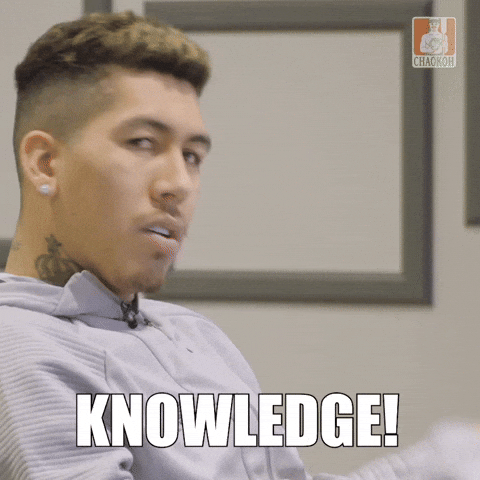- The Locks
- Posts
- The Lock Talk - Newsletter #51
The Lock Talk - Newsletter #51
NCAA Trend 15-0! + DFS VIP for FREE!


TLT PARTNER PROMO!
DFS PARTNER SIGNUPS! 🤑🤑

You are going to need these DFS apps to best utilize & copy the slips!
Sleeper Fantasy: $500 DEPOSIT MATCH BONUS
(code: LOCKTALK) 😊😊
Chalkboard: $100 DEPOSIT MATCH BONUS
(code: LOCK)🔥🔥
Dabble: $10 DEPOSIT MATCH BONUS
(code: TLT)
Have you been loving the content? Share this newsletter with more people to get REWARDS!
TLT SPORTS BETTING SCHOOL
BANKROLL MANAGEMENT 101 - LAST THING TO REMEMBER

Prior Bank Roll Mgmt. Lesson Emails:
- Part I - What is Bankroll Mgmt.?
- Part II - What is a Unit?
- Part III - Different Betting Styles
- Part IV - Dealing with W’s & L’s
- Part V - Record Keeping
- Part VI - Emotions in Check
- Part VII - Grow Your Bankroll
- Part VIII - Using a Stop Loss Method
- Part IX - Maintaining A Strong Mentality
- Part X - What is Your Risk Tolerance?
Keep track of your bets & get better at our lesson from above by clicking the link HERE
1. Chasing Losses
Explanation: Chasing losses refers to the practice of increasing your bets in an attempt to recover money lost in previous bets. It's a dangerous strategy that can lead to significant financial harm and emotional distress.
Example: Imagine you've lost three bets in a row on a single day, totaling $300. Feeling frustrated, you decide to place a $400 bet on a high-risk game to recover your losses. If this bet loses, you're now down $700, significantly more than the initial $300.
2. Overbetting Your Bankroll
Explanation: Overbetting occurs when you wager more money than your bankroll management strategy allows. This can deplete your bankroll quickly, especially during a losing streak, and can take you out of the betting game prematurely.
Example: If your bankroll is $1,000 and your strategy dictates that you should only bet 2% of your bankroll per bet ($20), placing a $200 bet on a single event is overbetting. This represents 20% of your bankroll, exposing you to unnecessary risk.
3. Ignoring the Importance of Value
Explanation: Betting value is found when the odds of an outcome are higher than the true probability of that outcome happening. Ignoring value means you're not seeking opportunities where the potential return exceeds the risk, leading to suboptimal betting decisions.
Example: If a basketball team has a 50% chance to win, fair odds would be even money (+100 in American odds). If you consistently bet on this team at odds worse than +100, you're not getting value, which will erode your bankroll over time.
4. Not Adjusting Bets According to Confidence Level
Explanation: Your bet size should reflect your confidence in the outcome. Failing to adjust your bets based on how strongly you feel about a particular outcome can lead to missed opportunities or unnecessary losses.
Example: If you're extremely confident in a bet and have identified it as having high value, betting the same amount as you would on a bet with lower confidence and value misses the chance to maximize returns.
5. Lack of a Structured Bankroll Management Plan
Explanation: Without a clear, structured bankroll management plan, your betting becomes haphazard and reactive rather than strategic. This makes it difficult to track performance, manage risk, and make informed decisions.
Example: Betting random amounts on random games without considering your overall bankroll or the specific strategies (like flat betting or percentage of bankroll) means you're gambling without guidance. Over time, this approach is likely to result in net losses rather than controlled, thoughtful wagering.
By understanding and avoiding these common bankroll management mistakes, bettors can improve their financial sustainability in the world of sports betting, making their experience both more enjoyable and potentially more profitable.
Reply